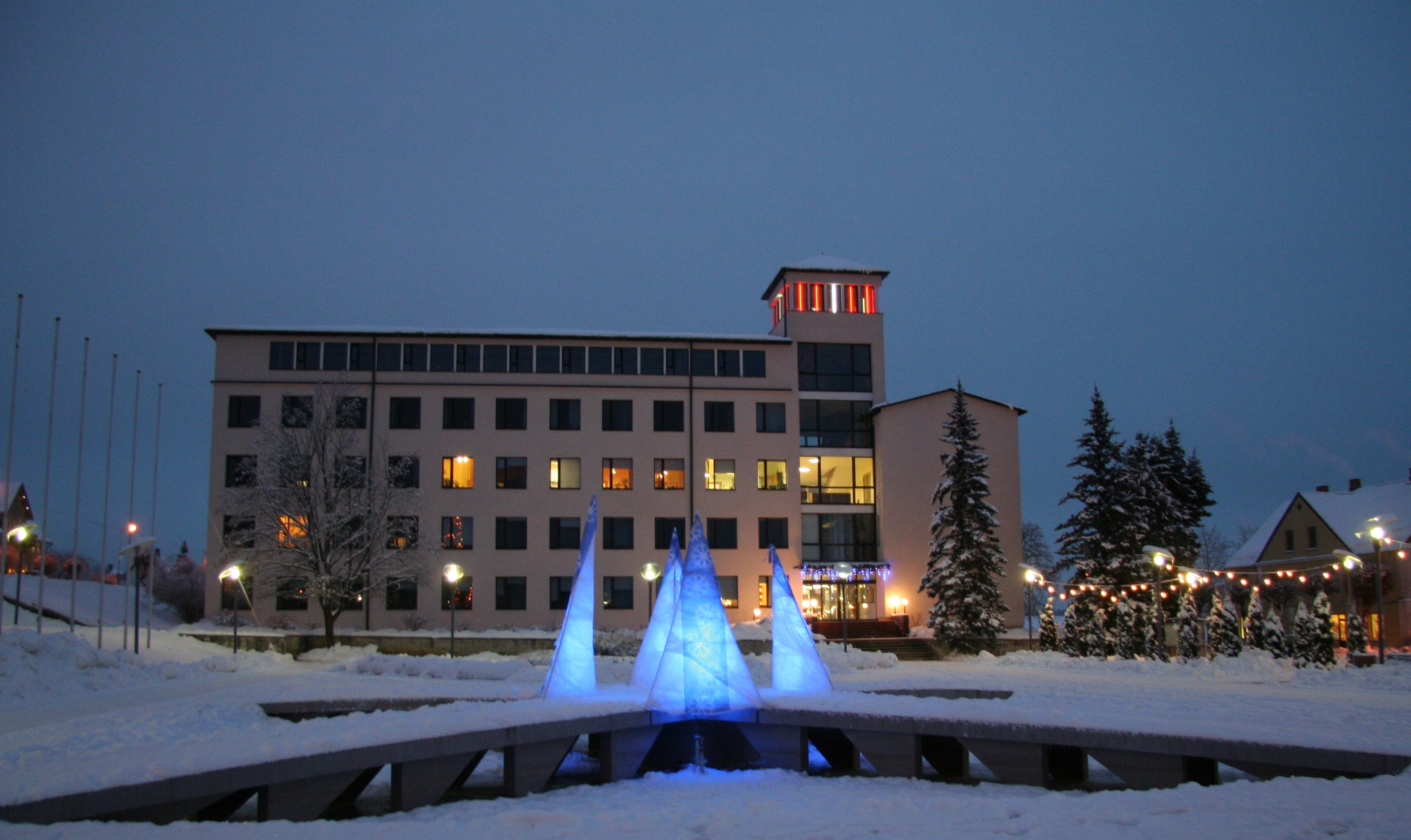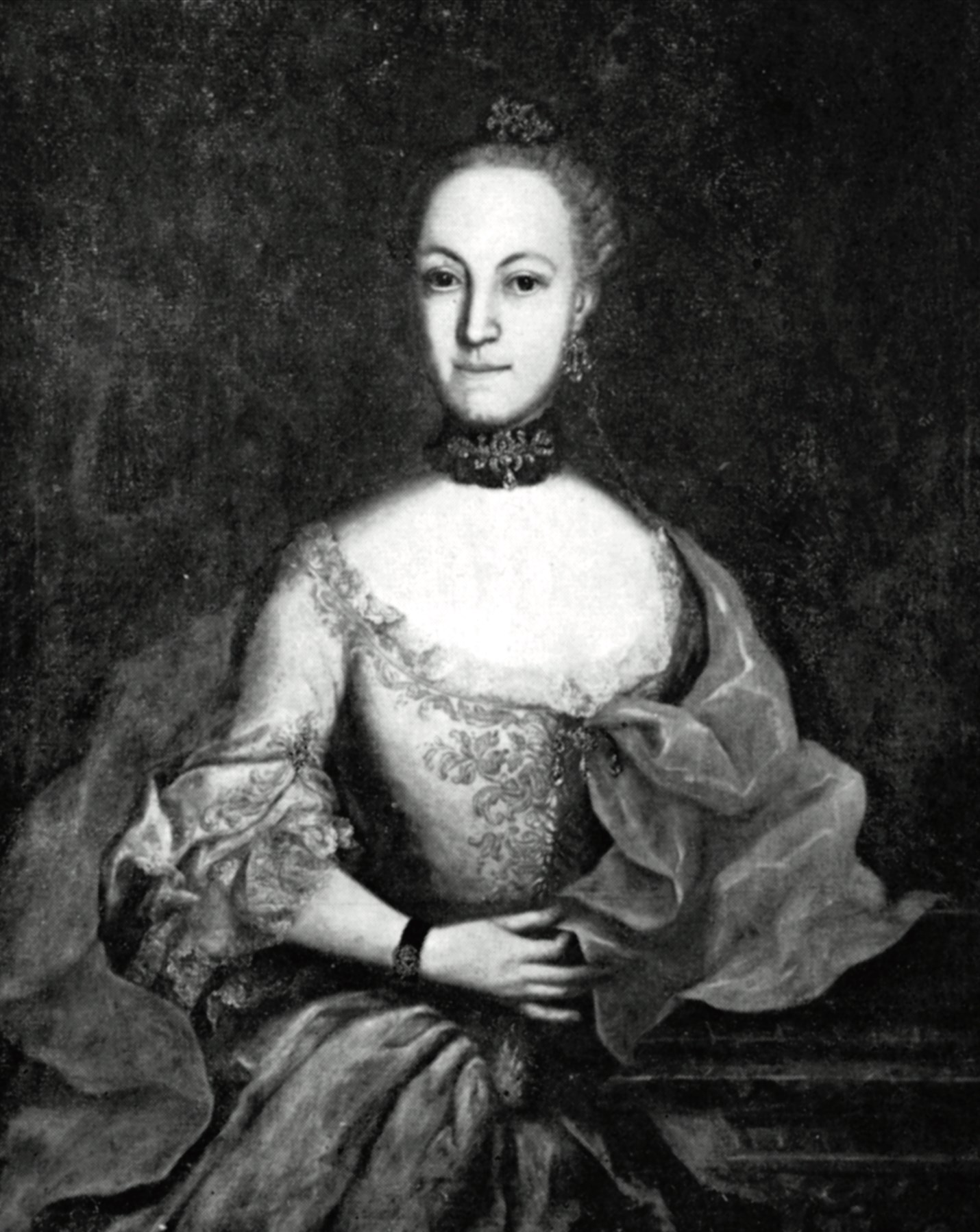|
Ļaudona
Ļaudona () is a village in the Ļaudona Parish of Madona Municipality in the Vidzeme region of Latvia. The Ļaudona Parish of the former Madona district was merged into the municipality (''novads'') of Madona in 2009. History of Ļaudona The historical Latgalian stronghold on the Aiviekste River was rebuilt as a fortress by the Archbishop of Riga in 1274 and used for trade and military purpose. The Laudohn noble family, then vassals of Archbishop Henning Scharpenberg, acquired the manor of Toce (''Tootzen'') in 1432. The archbishop's castle had been destroyed in the 16th century Livonian War. With Livonia, Ļaudona was conquered by King Gustavus Adolphus of Sweden by the 1629 Truce of Altmark, and upon the 1721 Treaty of Nystad belonged to the Russian Empire. The famous Austrian Field Marshal Ernst Gideon von Laudon Ernst Gideon von Laudon, since 1759 Freiherr von Laudon (originally Laudohn or Loudon; 13 February 171714 July 1790), was a Baltic German-born Austria ... [...More Info...] [...Related Items...] OR: [Wikipedia] [Google] [Baidu] |
Ļaudona Parish
Ļaudona Parish () is an administrative unit of Madona Municipality in the Vidzeme region of Latvia Latvia, officially the Republic of Latvia, is a country in the Baltic region of Northern Europe. It is one of the three Baltic states, along with Estonia to the north and Lithuania to the south. It borders Russia to the east and Belarus to t .... Until 2009, it was part of the defunct Madona district. Towns, villages and settlements of Ļaudona parish * Ļaudona References Parishes in Madona Municipality Vidzeme {{vidzeme-geo-stub ... [...More Info...] [...Related Items...] OR: [Wikipedia] [Google] [Baidu] |
Madona Municipality
Madona Municipality () is a municipality in Vidzeme, Latvia. The administrative center is Madona. The total area of the municipality is , and the population in January 2013 was 26,953.Madona municipality Population Register Of these, economically active people were ~ 15,800 in Madona Municipality and 32,000 economically active people in the closest region. Administrative divisions The municipality was formed in 2009 by Merger (politics), merging the subdivisions of Madona district – Arona Parish, Arona parish, Barkava parish, Bērzaune parish, Dzelzava parish, Kalsnava parish, Lazdona parish, Liezēre parish, Ļaudona parish, Mārciena parish, Mētriena parish, Ošupe parish, Prauliena parish, Sarkaņi parish, Vestiena parish and the town of Madona. As per the 2021 Latvian administrative reform, the municipalities of Madona, Cesvaine Municipality, Cesvaine, Ērgļi Municipality, Ērgļi and Lubāna were merged into the reformed Madona Municipality. Economy On January 1, ... [...More Info...] [...Related Items...] OR: [Wikipedia] [Google] [Baidu] |
Vidzeme
Vidzeme (; Old Latvian orthography: ''Widda-semme'', ) is one of the Historical Latvian Lands. The capital of Latvia, Riga, is situated in the southwestern part of the region. Literally meaning "the Middle Land", it is situated in north-central Latvia north of the Daugava River. Sometimes in German, it was also known as ''Livland'', the German form from Latin ''Livonia'', though it comprises only a small part of Medieval Livonia and about half (the Latvian part) of Swedish Livonia. Most of the region's inhabitants are Latvians (85%), thus Vidzeme is the most ethnically Latvian region in the country. The historic Governorate of Livonia is also larger than Vidzeme, since it corresponds roughly to Swedish Livonia. History In ancient times, the territory of Vidzeme was inhabited by Latgalians and Livonians, Livs (near the coast of the Gulf of Riga and along the lower reaches of the Daugava River, Daugava and Gauja rivers). Until the Livonian Crusade, German conquest in the ... [...More Info...] [...Related Items...] OR: [Wikipedia] [Google] [Baidu] |
Ernst Gideon Von Laudon
Ernst Gideon von Laudon, since 1759 Freiherr von Laudon (originally Laudohn or Loudon; 13 February 171714 July 1790), was a Baltic German-born Austrian military officer and one of the most successful opponents of the Prussian king Frederick the Great. Background and early career Laudon was the son of Otto Gerhard Ritter von Laudohn (1673-1732), a lieutenant-colonel, retired on a meagre pension from the Swedish service and his wife, Sophie Eleonore von Bornemann (1680-1734). The Laudohn family, of mixed German and Latgalian origin, had been settled in the estate of Tootzen, near Laudohn in Eastern Livonia (present-day Latvia) before 1432. He claimed a kinship with the Earls of Loudoun from Scotland, which could not be established. As upon the Great Northern War Livonia had been ceded to Russia according to the 1721 Treaty of Nystad, the boy was sent to the Imperial Russian Army as a cadet in 1732. During the War of the Polish Succession he took part in the 1734 Siege o ... [...More Info...] [...Related Items...] OR: [Wikipedia] [Google] [Baidu] |
Aiviekste River
The Aiviekste is a river in Latvia.Latvian Soviet Encyclopedia, p. 1-99. It begins at Lake Lubāns (the largest lake in Latvia) and drains into the Daugava (the largest river in Latvia). The Aiviekste is the largest tributary of the Daugava in Latvia. The Aiviekste, along with the Pededze, forms the unofficial border between two historical Latvian regions Vidzeme and Latgale, although the administrative border was slightly different. The river is 114 kilometers long, with annual drainage 1.81 km3. The Aiviekste is between 10,000 and 12,000 years old, formed at the end of the last ice age. Nearly a quarter of the river's flow is unregulated, but most of the river has been excavated, including with explosions. The Aiviekste flows from the northern end of Lake Lubāns, where it does a wide semicircle and then turns southwest. At this stage is the smallest drop, in addition, here Aiviekste receives the largest tributaries Pededze, Bolupe and Iča. Furthermore, it was straightened ... [...More Info...] [...Related Items...] OR: [Wikipedia] [Google] [Baidu] |
German Language
German (, ) is a West Germanic language in the Indo-European language family, mainly spoken in Western Europe, Western and Central Europe. It is the majority and Official language, official (or co-official) language in Germany, Austria, Switzerland, and Liechtenstein. It is also an official language of Luxembourg, German-speaking Community of Belgium, Belgium and the Italian autonomous province of South Tyrol, as well as a recognized national language in Namibia. There are also notable German-speaking communities in other parts of Europe, including: Poland (Upper Silesia), the Czech Republic (North Bohemia), Denmark (South Jutland County, North Schleswig), Slovakia (Krahule), Germans of Romania, Romania, Hungary (Sopron), and France (European Collectivity of Alsace, Alsace). Overseas, sizeable communities of German-speakers are found in the Americas. German is one of the global language system, major languages of the world, with nearly 80 million native speakers and over 130 mi ... [...More Info...] [...Related Items...] OR: [Wikipedia] [Google] [Baidu] |
Truce Of Altmark
__NOTOC__ The six-year Truce of Altmark (or Treaty of Stary Targ, , ) was signed on 16 (O.S.)/26 (N.S.) September 1629 in the village of Altmark ( Stary Targ), in Poland, by the Polish–Lithuanian Commonwealth and Sweden, with helped by Richelieu's envoy Charnacé ending the Polish–Swedish War (1626–1629), and freeing Gustavus to enter the Thirty Years' War. Provisions The truce allowed Sweden to retain control of Livonia. Sweden also evacuated most of the Duchy of Prussia but kept the coastal cities. Poland had other Swedish gains returned from the 1625 invasion. Most of Livonia north of the Daugava River was ceded to Sweden (Swedish Livonia), but Latgale, the southeastern area, remained under Polish rule. Sweden received the right to two third of all the shipping tolls at Polish ports, such as at Gdańsk (Danzig) and Elbląg (Elbing) and from the Duchy of Prussia, for six years. The shipping tolls financed Sweden's involvement in the Thirty Years' War. The Truce of ... [...More Info...] [...Related Items...] OR: [Wikipedia] [Google] [Baidu] |
Cēsis County
Cēsis county (, , ) was a historic county in the Swedish Livonia, in the Governorate of Livonia, and in the Republic of Latvia dissolved during the administrative territorial reform of the Latvian SSR in 1949. Its capital was Cēsis (''Wenden''). History First created as the Wenden Voivodeship in 1598, it was transformed into Kreis Wenden of Swedish Livonia in 1629. After the Treaty of Nystad it was incorporated in the Russian Empire and became one of the nine subdivisions of the Riga Viceroyalty ( – Stadtholdership of Riga) in 1783 and of the Governorate of Livonia in 1796. The district ran its own internal postal service from 1863 to 1903. After the establishment of the Republic of Latvia in 1918, the ''Cēsu apriņķis'' existed until 1949, when the Council of Ministers of the Latvian SSR split it into the newly created districts (''rajons'') of Cēsis, Ērgļi (dissolved in 1959), Gaujiena (dissolved in 1956) and Smiltene (dissolved in 1959). File:StampVenden1880Mi ... [...More Info...] [...Related Items...] OR: [Wikipedia] [Google] [Baidu] |
Former Buildings And Structures In Latvia
A former is an object, such as a template, gauge or cutting die, which is used to form something such as a boat's hull. Typically, a former gives shape to a structure that may have complex curvature. A former may become an integral part of the finished structure, as in an aircraft fuselage, or it may be removable, being used in the construction process and then discarded or re-used. Aircraft formers Formers are used in the construction of aircraft fuselage, of which a typical fuselage has a series from the nose cone to the empennage, typically perpendicular to the longitudinal axis of the aircraft. The primary purpose of formers is to establish the shape of the fuselage and reduce the column length of stringers to prevent instability. Formers are typically attached to longerons, which support the skin of the aircraft. The "former-and-longeron" technique (also called stations and stringers) was adopted from boat construction, and was typical of light aircraft built until th ... [...More Info...] [...Related Items...] OR: [Wikipedia] [Google] [Baidu] |
Villages In Vidzeme
A village is a human settlement or community, larger than a hamlet but smaller than a town with a population typically ranging from a few hundred to a few thousand. Although villages are often located in rural areas, the term urban village is also applied to certain urban neighborhoods. Villages are normally permanent, with fixed dwellings; however, transient villages can occur. Further, the dwellings of a village are fairly close to one another, not scattered broadly over the landscape, as a dispersed settlement. In the past, villages were a usual form of community for societies that practice subsistence agriculture and also for some non-agricultural societies. In Great Britain, a hamlet earned the right to be called a village when it built a church.-4; we might wonder whether there's a point at which it's appropriate to talk of the beginnings of French, that is, when it wa ... ''village'', from Latin ''villāticus'', ultimately from Latin ''villa'' (English ''villa''). Ce ... [...More Info...] [...Related Items...] OR: [Wikipedia] [Google] [Baidu] |
Habsburg Monarchy
The Habsburg monarchy, also known as Habsburg Empire, or Habsburg Realm (), was the collection of empires, kingdoms, duchies, counties and other polities (composite monarchy) that were ruled by the House of Habsburg. From the 18th century it is also referred to as the Austrian monarchy, the Austrian Empire () or the Danubian monarchy. The history of the Habsburg monarchy can be traced back to the election of Rudolf I of Germany, Rudolf I as King of the Romans, King of Germany in 1273 and his acquisition of the Duchy of Austria for the Habsburgs in 1282. In 1482, Maximilian I, Holy Roman Emperor, Maximilian I acquired the Habsburg Netherlands, Netherlands through marriage. Both realms passed to his grandson and successor, Charles V, Holy Roman Emperor, Charles V, who also inherited the Monarchy of Spain, Spanish throne and Spanish Empire, its colonial possessions, and thus came to rule the Habsburg empire at its greatest territorial extent. The abdication of Charles V in 1556 led ... [...More Info...] [...Related Items...] OR: [Wikipedia] [Google] [Baidu] |



